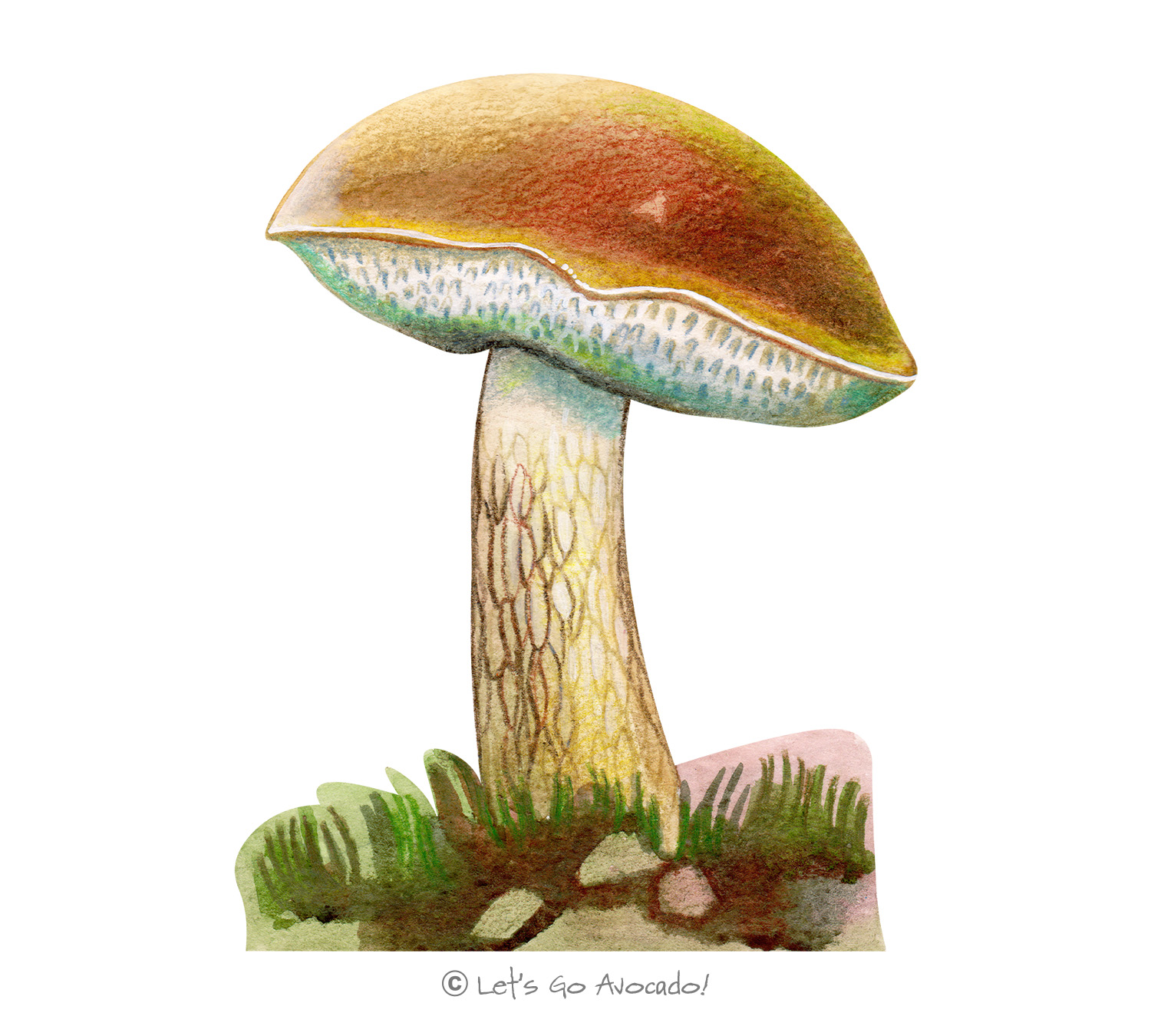

Bitter Bolete
Tylopilus felleus
This page may contain affiliate links.
Read our disclosure and privacy policy here.
The Bitter Bolete is a type of mushroom belonging to the Boletaceae family. Distinguished by its brown cap and white pores which slowly turn pinkish with age, it’s primarily known for its strong bitter taste which renders it inedible for most.
Bitter Bolete
Common Name
Bitter Bolete
Latin Name
Tylopilus felleus
Distribution
Found across North America, Europe, and Asia in both coniferous and broadleaf forests.
Appearance
It possesses a brown or tan cap, with white pores underneath that become pinkish as the mushroom ages. The stem is thick and may feature a network-like pattern.
Size
The cap can be between 8 to 20 cm (about 3 to 8 inches) across, and the stem can be 6 to 12 cm (about 2.5 to 5 inches) in height.
Habitat
Prefers hardwood forests but can occasionally be found under conifers.
Diet
Mycorrhizal, forming a symbiotic relationship with the roots of living trees, particularly with oaks and other hardwoods.
Lifecycle
Like most fungi, the Bitter Bolete begins as spores which, once germinated, form mycelial threads. These threads interweave and, under the right conditions, produce the fruiting body known as the mushroom. This mushroom then releases spores to propagate the species.
Defense Mechanisms
Its defining bitter taste serves as a natural deterrent against consumption.
Ecological Importance
As a mycorrhizal fungus, it aids in nutrient exchange with trees, promoting forest health and sustainability.
ConservationThe act of protecting and preserving natural resources and the environment. Conservation efforts are important to protect beavers and their habitats. Learn More Status
Not listed as threatened; it’s a common species in many regions where it is native.

There’s a lot to explore right where we are, in our own neighborhoods and backyards! Join us while we get off the couch and explore the everyday wonders of nature, science, space, engineering, art, and anything else we stumble upon during on our adventures.







